
Don’t Let Hidden Comments Make a Statement You Didn’t Mean to Make
Peter owned a small company that sent out monthly customer statements. His industry had a lot of customer turnover, with clients coming and going every couple of years. One particular client left the company on less-than-ideal terms. Frustrated, Peter decided to inactivate Steve’s account in the accounting system and, for some personal catharsis, added a note to the account: “a real jerk.”

Why Your Stress needs to be Eustress
Some positive words often get overshadowed by their negative counterparts. Take the word "gruntled." When was the last time you heard someone say they were gruntled? But how often do you hear about people being "disgruntled"?
Another word that gets overshadowed this way is "eustress," which is the opposite of "distress." What’s the difference? Eustress is beneficial stress that can enhance performance and well-being, while distress is harmful stress that makes you feel anxious, afraid, or even depressed.

3 Reasons to Stop Remote Work FROM THE OFFICE
Companies are becoming increasingly insistent on employees returning to the office. To me, a three-to-four-day office schedule with one to two days of remote work is the ideal ratio. However, I've noticed that even when I'm physically present in the office, I'm still working remotely.
How is that possible?
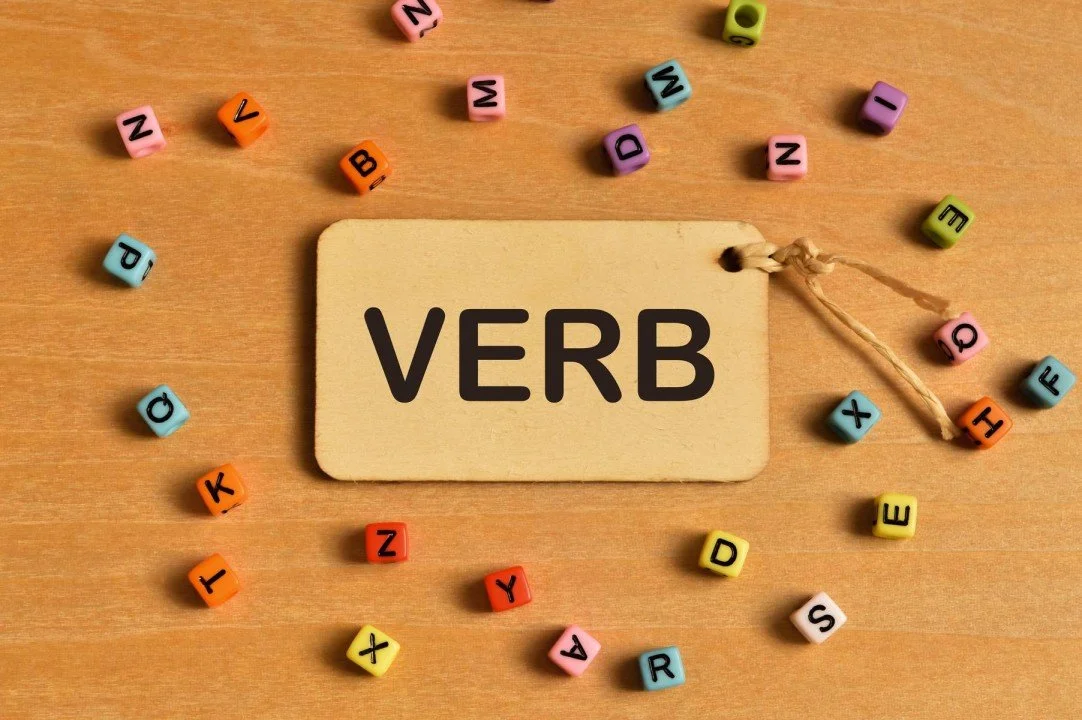
Transform Your Name into a Verb
You'll hear a lot of three-letter acronyms (TLAs) when you start a new position at a company. You’ll also hear the same two or three people’s names pop up time and again when there's a need for a specific skill. “Oh, yeah, we need to check with Stephen on this,” or “Cynthia will have the answer to that”. Why is this? Because they’ve built a great reputation and set themselves up as an expert in their particular area.

If You Aren’t Embarrassed by Your First Version, You’re Not Moving Fast Enough
I listen to a lot of podcasts. There’s always a point in time where the host(s) reflect back on their first episodes and say, “We don’t encourage anyone to listen to our early episodes, but if you must, you can find them here.” They quickly explain with some variation of, “We didn’t know what we were doing, the audio was terrible, and our interviewing style was horrendous.”

How to Meet Them Where They're At
I don’t think I fully understood the meaning of “meet them where they’re at” until somebody “met me where I was at.” Let me explain.
Office workers have a tendency to accumulate electronic equipment over the years. An extra monitor that’s no longer in use gets tucked behind the door. An old keyboard, mouse, phone and even laptop computer are shoved into a desk drawer. Headsets, microphones, and tons of cables get jammed into a box never to see the light of day again.

A Lesson in Premium Pricing
Convenience stores are thus named for a reason. They are convenient. You don’t have to search for a parking spot a hundred yards away, or walk five minutes to get milk from the back left corner of the store, or stand in long lines to pay. You get in, get out, and are on your way.
However, this convenience comes at a premium. Expect to pay 10%-12% more on average for fewer choices and smaller quantities. The convenience store model charges for how much time they save you. They do not confuse volume with value.
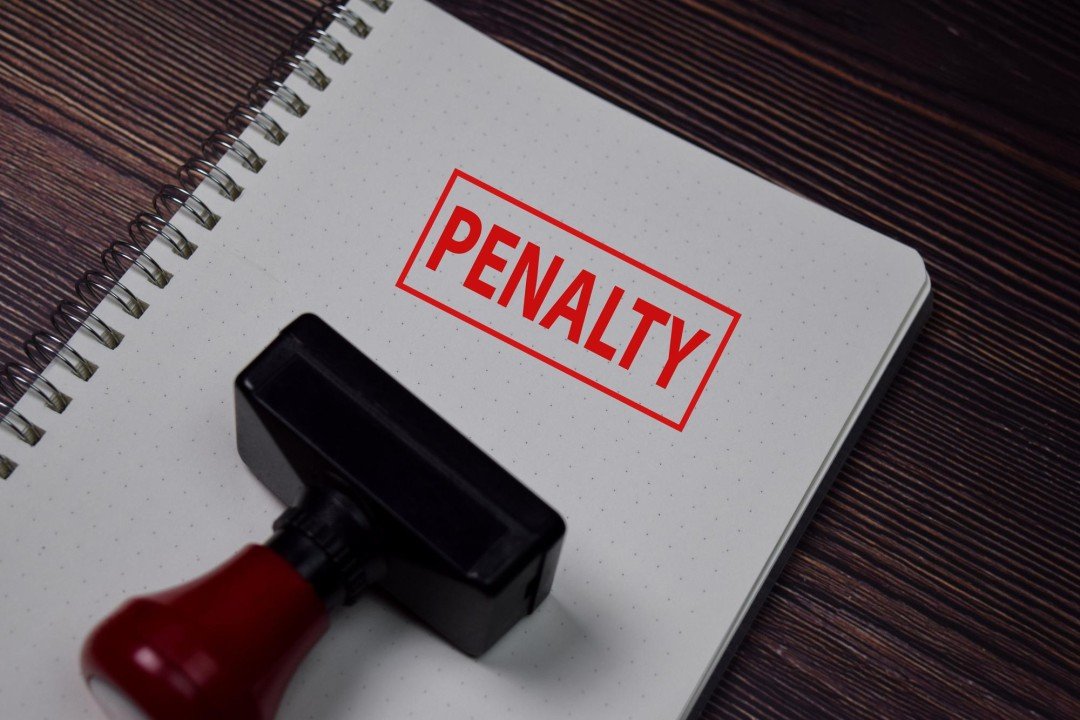
Penalize the Exceptions, Not the Majority
A new meat market recently opened down the street from us. It has a great selection of both meat and seafood. It also has a terrible policy posted on the front door:
“There’s a 3% surcharge if you pay with a credit card.”
Less and less people carry cash, and even fewer know how to write a check anymore. But, nearly everyone carries credit or debit cards. Wouldn’t it make more sense to raise all prices in the store by 3%, and change the sign? It could then say:

Don’t Do Quick and Dirty Work
Years ago, before the emergence of Squarespace, Wix, and the host of other DIY website builders, I worked in a web development shop, where we built websites from scratch. Our sites could take weeks to up to months to build and publish depending upon complexity.
It always surprised me how often business owners would come in and say they needed an ‘emergency’ site by the end of the week. They assured us they needed nothing fancy, weren’t concerned with how the design looked, and the site didn’t need to do anything special.
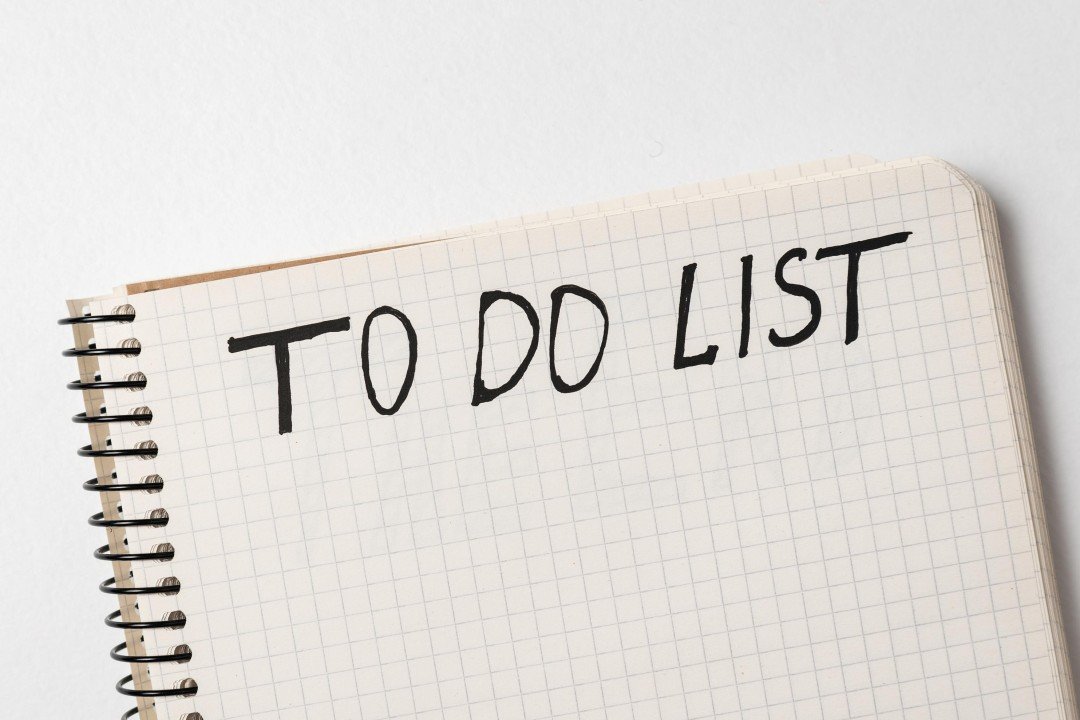
Cut Your To-Do List in Half
Now, stay with me. This is not click-bait nor is it meant to be snarky or clever. I actually do use old-fashioned pen and paper for my weekly planning and to-do lists (here’s why). Recently, I downsized from 8 ½ x 11 paper to 5 ½ x 8 ½.
Why?

Understanding the Difference Between Busy-ness and Results
My wife started raising honey bees this year. I don’t know if the right term is “raised,” tended to, cared for, or watched after. I’m not sure. All I know is that when she gears up with her mask, gloves, and protective gear, I stay far away from them.
The other thing I know is that the same bee comes to my office window every day. How can I tell? Small scar above its left eye. Anyway, this bee comes to the same corner of my window at the same time every day, and buzzes around for about 15 minutes.
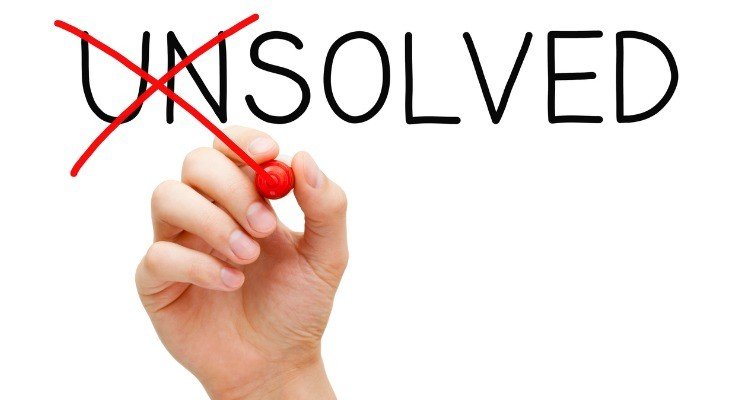
Be A Problem Solver
Michael worked in the warehouse. Other employees wore shorts and T-Shirts; Michael wore slacks and a tie. Yet others would show up late and leave early; Michael would show up early and stay late. Many complained about their job; Michael looked for ways to make things better.
Someone asked him why he dressed and worked the way he did. He replied that he was acting as if he had already moved on to his next position in the company. And certainly owing to that attitude, his next position came soon enough.

Business Lesson Learned from Ordering Korean Bibimbap
A Korean restaurant that serves bibimbap opened near my office a couple years ago. I had no idea what bibimbap was or even how to pronounce it, but was game to give it a shot. Once queued in the line at the counter, I looked at the menu up on the wall. It was in an entirely different language that I didn't speak. Uh oh.

Limit the Options, Limit the Tears
Kathy stood in the cereal aisle at the grocery store and cried. She was staring at way too many choices. She had lived on a small remote island for the past decade where options were limited to a few choices of this, a couple of that. Made things easy. Now back in Atlanta, she was overwhelmed by the rows and rows of cereal boxes, and the challenge of making the right choice.
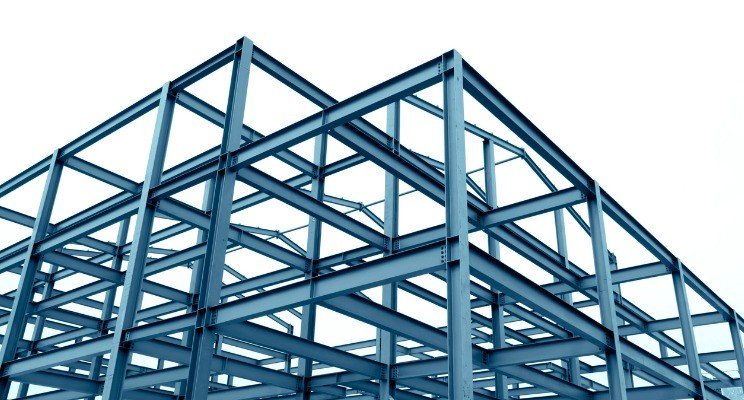
3 Reasons Ya’ Gotta’ Have a Framework
We all know what a framework looks like. It’s the steel grid of a skyscraper emerging from the ground of a construction site. Or, it’s the metal skeleton of a vehicle creeping along an assembly line towards completion. A framework is the essential supporting structure of a building, vehicle, or object. It’s what everything else is attached to, filled in, and made ready for use.

‘Tis Better to Have Asked and Be Told NO Than to Have Never Asked at All
My brother-in-law is a plumber. He keeps all kinds of plumbing tools and equipment in his truck: pipe benders, borescopes, plumber’s torches, wrenches, pneumatic tools, augers, etc. You name it, he’s got it. As a professional, he knows how to use each one to get the job done.
It would be troubling to hire a professional plumber who asked YOU for a hack saw and basin wrench or worse yet, how YOU would fix the problem. That’s not why you hired a professional!

How Useful, Usable, and Used are Your Processes?
There’s a concept of product design that focuses on making sure a product is Useful, Usable, and Used. Designers do all they can to make sure their products meet all three criteria. How do your processes stack up in these areas?

How to Choose Which Ball to Drop
A new year is here, and with it, the ushering in of the latest strategies, initiatives, and projects to kick off the first quarter. You may quickly find yourself unable to juggle everything, despite your best efforts to prioritize, delegate, and negotiate. One of those balls will drop; the question is, which one?
Easy. Ask yourself which project, task, or initiative is a rubber ball and then drop that one.
Let me explain.

Change Your Lighting, Change Your Influence
Warning: I’m going classic “7 Habits” here...
Stephen Covey talked about a Circle of Concern and a Circle of Influence. The larger Circle of Concern is everything that worries you, but you CAN’T do anything about. The smaller Circle of Influence is everything that worries you that you CAN do something about.
Understanding these two circles is why I bring the same small desk lamp with me to any new job or position.
Let me explain...

3 Ways to Reduce Friction When People Work with You
n a previous article we asked, “How Much Friction Do You Generate When People Work with You?” The net of the article was that people come to you because they want to transition from their current state to a different state. For example, from not being trained to being trained, from not having a report to having a report, or from not having a product to having a product. The easier it is to transition from one state to the next (aka low friction) the higher the chance that someone will want to work with you or continue to bring their business your way.
So, what are some ways you can reduce friction either personally, departmentally, or company-wide?
